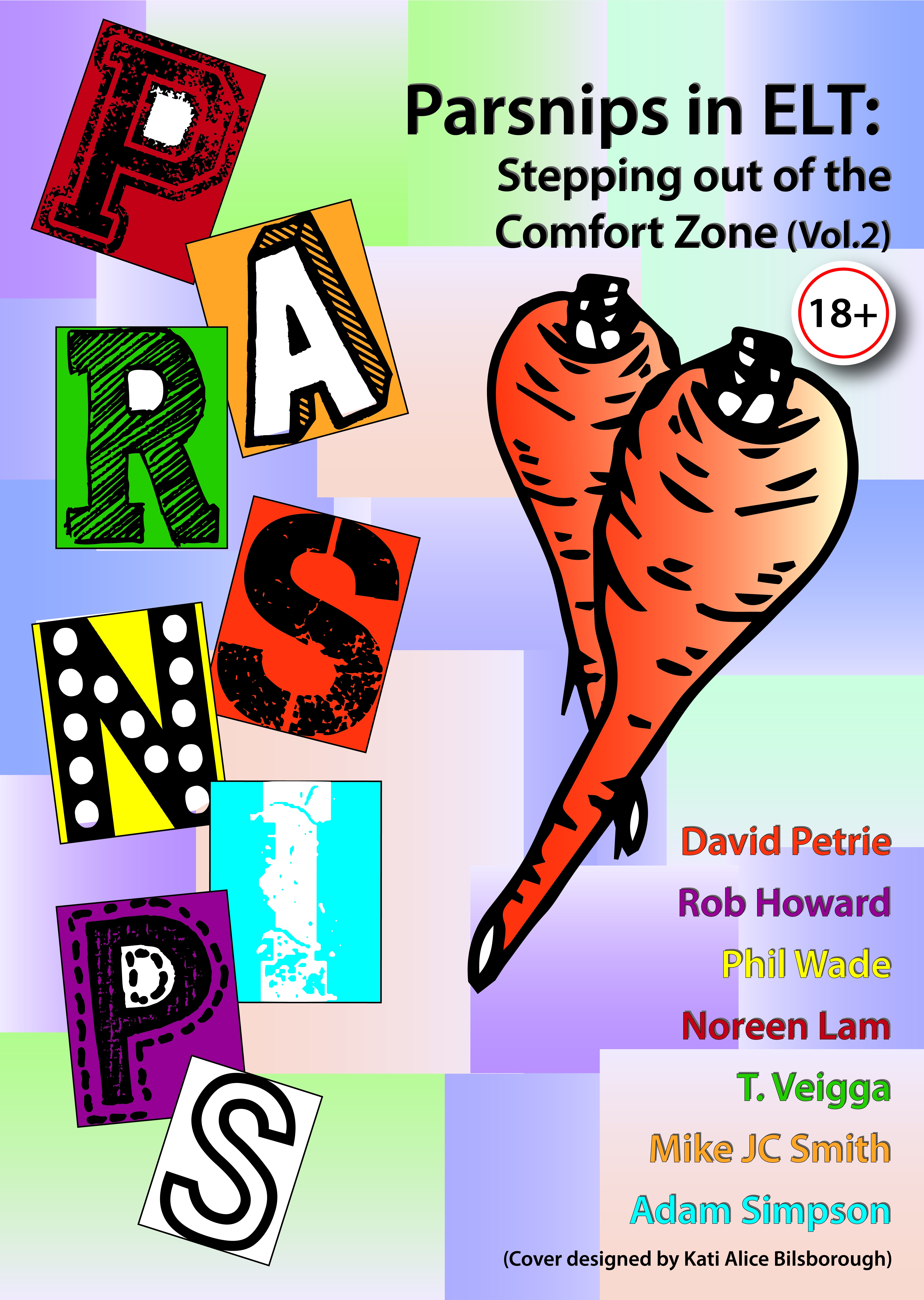 Ok. So we can’t marry all the online students. We can however draw them into the class even though they may be thousands of miles away. Engagement in an online classroom is one of the biggest concerns I hear from classroom teachers that are thinking of making the transition to online. How do you keep their attention? How do you keep them interested? Don’t they check their email and Facebook? Not in my classes. The reason is simple if you follow these simple rules of engagement.
Ok. So we can’t marry all the online students. We can however draw them into the class even though they may be thousands of miles away. Engagement in an online classroom is one of the biggest concerns I hear from classroom teachers that are thinking of making the transition to online. How do you keep their attention? How do you keep them interested? Don’t they check their email and Facebook? Not in my classes. The reason is simple if you follow these simple rules of engagement.
1) Have fun!
Plain and simple. You should be laughing, smiling, interacting and moreover, setting a fun tone so students can feel free to have fun with each other. Not only is this engaging, but it lowers the stress level, allows students to relax and feel comfortable when making mistakes and it fosters community building. Class becomes a language “get together” and not a burden to their schedule.
“The key to learning English is to lower your stress. Having fun when you learn is when you learn best.”
-Fluency MC
2) Use the student’s name.
Who doesn’t want to hear their name? This is an old sales technique to capture attention that still works today. People love to hear their name in examples too. When teaching using should/would in a question, which is more interesting: “Should we study more?” or “Should Mary marry George Clooney even though she has a boyfriend?” The first response from Mary will be “Damn right I should”, followed by laughter from the class. This is engaging!
“… a person’s name is to that person the sweetest and most important sound in any language.”
-Dale Carnegie
3) Personalization.
Always use information about yourself or that you know of the students in the class. Sentences become more meaningful to them. By always modeling with your life, they will become accustomed to talking about themselves and enjoy sharing their life with the class… their friends.
4) Personalized practice.
Whenever you can, get the students to make real-life examples using their own life stories. It is easier to remember the structure of the Present Perfect with the sentence “I have studied English for 6 years” than “The book has been on the table all day.” Remember that they are learning a new language to communicate their thoughts and feelings.
“… We should set them an example that we wish them to imitate.”
– Brigham Young
5) Have students do the work.
If there is a text, a list of vocabulary, instructions etc. make each of them read it, at random. You as the teacher don’t need the practice. This also keeps their attention as they never know when they will be called on to do something.
6) Use “local” pictures from the internet.
By tailoring the pictures to the culture or country of your students, they recognize places, objects etc. and when someone asks about the picture, they are proud to share an explanation. This will make for a more interesting cultural exchange too.
7) Use poll questions.
Use polls as a warm-up/lead in to new subject matter to keep attention. Most “better” online systems have this capability. What more effective way to engage them then to ask them their opinion? Talk about the responses. Show them that their opinion counts. Make poll questions that will drive conversation or discussion before you go to the next slide.
“Different people have opinions, and it’s okay to respect all of them.”
– Juan Pablo Galavis
8) Mix the activities.
Role play, do pair work, presentation, discussion etc. This will make classes more dynamic and exciting. Mix often and mix quickly to keep classes face paced, the energy level up and keep the students on their toes.
9) Use short videos only.
For me, anything over 20 to 30 seconds is too long. Make sure the segment is critically useful and absolutely necessary to demonstrate the target or get rid of it. Don’t just add cute snippets because they are cute. This is where most students will tune out. They are unmonitored.
10) Use a “Round Robin” Q & A activity.
This task is where one asks a question of someone they choose to answer and then that person asks another of someone else until the entire class has participated. As one never knows who is next, they tend to stay more focused and they don’t want to ask the same question twice.
11) Ask a hot topic question.
Don’t shy away from controversy. When I first started teaching Conversation classes, I was given “the list” of what NOT to talk about. Bad me, I used them. They were my best classes. Remember that they want language for life. They need to learn to communicate about these topics. Show them that they do have a voice and let them practice how to express it.
“Now this looks like a job for me, so everybody, just follow me, ‘cause we need a little controversy…”
– eminem
12) Reflect.
At the end of class, ask the students reflective feedback questions. What did you like today? What was the best part? What was the hardest? What needs more practice? What mistakes did you fix? This assures them that it was their class. They take ownership and responsibility for their learning. They are hooked.
Trying some or all of these methods will not only make you and your classes more engaging, but highlight you as a more caring professional. Taking the time to get them hooked, I dare say, they will fall in love with learning, be more engaged in your class and form a lasting union. What technology hath joined together, let not man put asunder.
 Rob Howard is the owner of Online Language Center. He is a teacher, tutor, trainer, material designer and author for English as a foreign language. He is also a consultant and has been a frequent speaker internationally regarding online retention as well as using technology in and out of the classroom. Originally from Boston, Massachusetts in the U.S., he is currently residing in Rio de Janeiro, Brazil.
Rob Howard is the owner of Online Language Center. He is a teacher, tutor, trainer, material designer and author for English as a foreign language. He is also a consultant and has been a frequent speaker internationally regarding online retention as well as using technology in and out of the classroom. Originally from Boston, Massachusetts in the U.S., he is currently residing in Rio de Janeiro, Brazil.
You may e-mail him at rob@onlinelanguagecenter.com.










Leave a comment